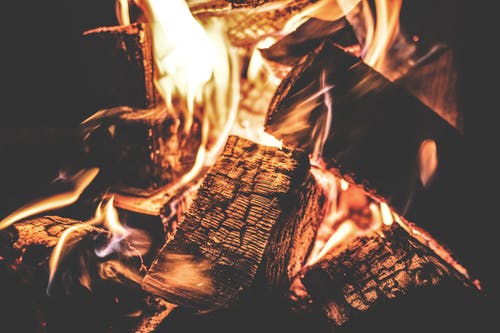Have you ever stepped into a room in your home and caught a whiff of something musty? Or have you noticed some suspicious splotches on walls or ceilings but can’t quite identify them? Often, these signs point to an unwelcome guest in our living spaces: mold. This guide details how to spot and identify different molds and the steps for mold remediation and restoration in your home.
What Is Mold
Mold is a fungus that plays a critical role in nature by breaking down dead organic matter. However, it becomes a nuisance or, worse, a health hazard when it finds its way into our homes. Mold reproduces through tiny spores that float through the air, which can easily invade your home through windows and doors or even hitch a ride on your clothing or pets.
Common Signs of Mold in Your Home
Identifying mold starts with recognizing the signs that it may be hiding in your living space. Here are some common indicators:
-
Musty Odors: One of the first signs of hidden mold is often a musty, earthy smell. If you notice an odd scent in certain areas of your home, it’s worth investigating further.
-
Visible Growth: While some mold is noticeable, others can be more subtle. Look for spots or clusters that may appear fuzzy or slimy, with colors ranging from black, green, white, or orange.
-
Health Symptoms: Unexplained allergic reactions such as sneezing, sore eyes, or a runny nose when you’re indoors can be signs of mold exposure. More severe reactions might include difficulty breathing or skin irritation.
-
Water Issues: Past or current water leaks, flooding, or condensation areas are hotspots for mold growth. If you have water problems, mold might be close behind.
Spotting Different Types of Mold
Not all molds are created equal, and identifying the type can help assess your problem’s severity. Here are a few common varieties found in homes:
-
Aspergillus: This type thrives in warm, damp environments and is often found on walls, insulation, and clothing.
-
Cladosporium: Preferring cool areas, it’s typically found on fabrics and wood surfaces.
-
Stachybotrys: Also known as “black mold,” this variety is notorious for its health risks and thrives in wet areas with high cellulose content, like paper, fiberboard, or gypsum board.
While superficial mold can often be dealt with individually, professional help may be necessary for large infestations or toxic varieties like Stachybotrys. It’s crucial to approach mold cleanup with caution.
D.I.Y. Mold Inspection Hacks
If you suspect mold in your home, here are some steps you can take to confirm its presence:
-
Visual Inspection: Conduct a thorough search in likely areas like bathrooms, kitchens, basements, and around windows or pipes.
-
Use Your Nose: Follow musty odors to track down hidden mold sources.
-
Moisture Meter: This tool can help you locate wet areas where mold might be thriving unseen.
-
D.I.Y. Testing Kits: While not always conclusive, home mold testing kits can indicate mold presence. However, interpreting results can be tricky without professional assistance.
While small mold patches can often be handled independently, significant infestations require professional intervention. Companies specializing in Sunrise mold cleaning services offer expertise in safely removing mold and restoring your home to a healthy state. These professionals have the tools and knowledge to tackle mold at its source, ensuring it won’t just make an unwelcome return.
Restoring Your Home After Mold Damage
Once the mold is removed, repairing and restoring your home is vital to prevent a recurrence. This might involve fixing the sources of moisture, replacing damaged materials, or even improving ventilation throughout your home. For comprehensive solutions to get your space back to its best while ensuring mold stays away, visit any professional property restoration website for advice and services.
Preventing Future Mold Growth
Mold prevention is vital to keeping your home safe and healthy. Here are some practical tips:
-
Keep it Dry: Address leaks and dampness promptly to avoid creating hospitable environments for mold.
-
Ventilation: Ensure your home is well-ventilated, particularly in moist areas like bathrooms and kitchens.
-
Humidity Control: Keeping indoor humidity below 60% can help prevent mold growth.
When Mold Leads to Water Damage
Often, mold and water damage go hand in hand, especially after flooding or leaks. Addressing water damage swiftly is crucial in preventing mold growth. Professional Weston water restoration services can help mitigate water damage, ensuring your property is thoroughly dried and restored, thus preventing the conditions under which mold thrives.
Final Thoughts
Identifying mold in your home starts with vigilance and understanding. You can protect your living space and health by recognizing the signs, knowing how to spot different types of mold, and taking decisive action toward cleanup and prevention. Whether tackling minor mold issues alone or enlisting professional help for more severe infestations, the goal is clear: a safe, mold-free home. Remember, knowledge and prompt action are your best allies when it comes to mold.

